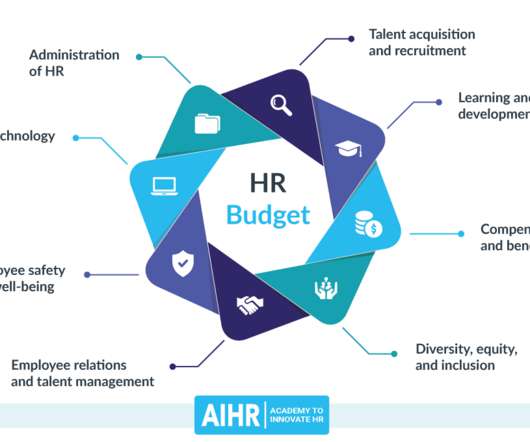What is HR Analytics? All You Need to Know to Get Started
Analytics in HR
FEBRUARY 28, 2024
HR analytics allows HR professionals to make informed decisions and create strategies that will benefit employees and support organizational goals. In this article, we will explain what HR analytics is, its benefits, as well as how to get started and grow in your HR analytics capabilities.
















Let's personalize your content